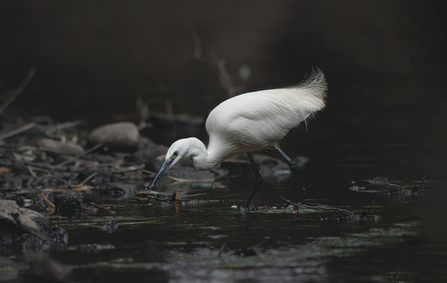After the excitement of last week where we presented our ‘Marine Net Gain Pipeline for the southern North Sea’ project for The Crown Estate and our project partners Natural England and Ørsted, this week we enjoyed the festivities of Christmas with the team and undertook some desk-based fieldwork for Suffolk Wildlife Trust!
Suffolk Bird Data Collation
We were tasked with inputting bird survey data from the River Stour and River Orwell into an excel sheet, to collate all of the data together in one document for analysis.
Suffolk Wildlife Trust have organised monitoring of wintering bird populations on the Stour and Orwell Estuaries Special Protection Area since 1999, on behalf of Harwich Haven Authority. This is undertaken as part of their remit to conserve, protect, regulate, maintain and improve the Haven and its environment.
Monitoring is undertaken at low water, when most birds within the estuary are feeding, thereby providing information regarding the condition of the estuarine habitats. The process involves co-ordinating several experienced birders (37 birders covering 77 sections along both the Stour and Orwell estuaries) to simultaneously count the number of birds of each species that they see using the estuary within their allocated sections. They also record any incidences that may influence the natural behaviour of the birds. This is undertaken 4 times over the winter months from November to February on a date close to Neap Tide, when low water is predicted for mid to late morning. The data is collated and analysed for trends.


